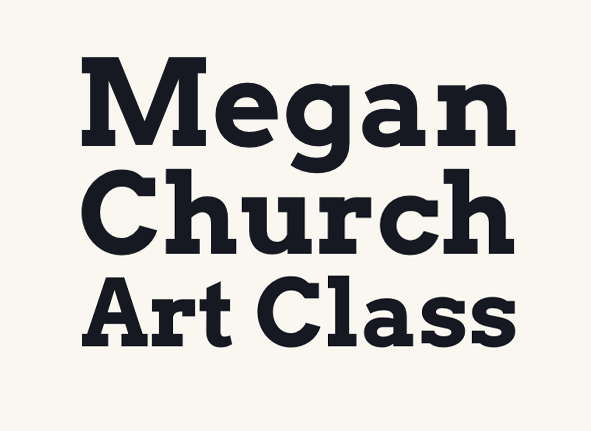IB Visual Arts
Process Portfolio
Your Process Portfolio is your journey of art-making. It should display your engagement with different media and techniques, documentation of process, reflections on artists & artworks, and the development of ideas. During your first year in IB Visual Arts, you will work primarily in a physical sketchbook/journal. Starting in the third trimester, you will begin transforming your physical sketchbook/journal into a digital “Process Portfolio”, which adheres and explores IB’s criteria for the Process Portfolio.
SL: 9-18 Slides
HL: 13-25 Slides
There are 5 criteria that need to be met within the Process Portfolio. The following criteria are required for final digital submission of the Process Portfolio:
Criteria B
Criteria C
Criteria D
Criteria E
Criteria A: Skills, techniques and processes
- Have you shown a range of media (digital, drawing, painting, 3D - see the art-making table)
- Have you shown both a variety of ideas and then development of these in your experimentation?
- How have you shown that you are both confident and skilled in using media? Or that you have shown clear development?
- Have you clearly shown your intentions?
- Do the ideas/experiments/media chosen show a clear connection to what your stated intentions are?
- Do you try a variety of different perspectives, compositions and media for each experiment?
- Is your experimentation consistent - do you explore many possibilities for an idea?
Criteria B: Critical Investigation
- Have you shown that you have explored an artist to learn from? How have you shown that you really understand the concepts/skills/themes/ideas/media of the artist(s)? How have you shown/can you show this?
- How do your ideas/imagery/experimentation link to your artist?
- Have you clearly identified what specific elements of the artists' work you would like to explore?
- Have you clearly shown that your study of the artist has helped you learn, or helped you decide what you want to create?
- Do you evaluate your work? Do you state how/why it is successful/unsuccessful?
Criteria C: Communication of ideas and intention (visual and written)
- Could someone who does not know your work follow your idea clearly?
- Have you included both visual and written explanation of your ideas (a balance more towards visual, with annotative notes is a good model)
- Have you clearly stated where your ideas have come from, where you want them to go and why?
- Have you connected your ideas, skills and experimentation together to clearly show how you have arrived at your final idea? (i.e. how have each of these aspects, and experimentation with them helped you form your idea - guide us through).
- Have you clearly shown how you have changed or made your idea better (development)?
Criteria D: Reviewing, refining and reflecting (visual and written)
- How have you clearly and consistently (at each step/on each slide) shown that YOU have revised your ideas, and can guide the reader through how you have decided these things?
- Have you clearly outlined what skills you have acquired, and what skills and techniques you have developed through the process of experimentation and creation?
- Have you clearly stated how YOU as an artist have developed (skills, concepts, processes, challenges, artist knowledge, building a body of work - any of these aspects can be an area you have grown in).
- Are you using evidence on your slide to support what you are saying (making it believable/meaningful).
Criteria E: Presentation and subject-specific language
- Is your work readable? (No light pencil, no hard to read words/images, no cut off images, no cut off scanned pages, no poor quality scans).
- Are all your images sourced adequately and appropriately?
- Have you used consistent subject specific language? This could/should be the general principles/elements of art, but should also be vocabulary that is specific to your chosen form (e.g. 3D sculpture vs digital artworks - different specified terms for these forms show your ability to differentiate language).
- Have you used ALL of your space efficiently? Do you do this consistently?
- Have you tried how it will look on a computer screen (to see how it will be for an examiner?).
Process Portfolio Resources
Sketchbook Ideas: https://www.studentartguide.com/articles/art-sketchbook-ideas
Exemplar: https://meganchurchart.com/wp-content/uploads/2020/01/IB_PP_Exemplar.pdf
Template: https://meganchurchart.com/wp-content/uploads/2020/02/PP-Template_01.pdf
IB
Grading
Rubric
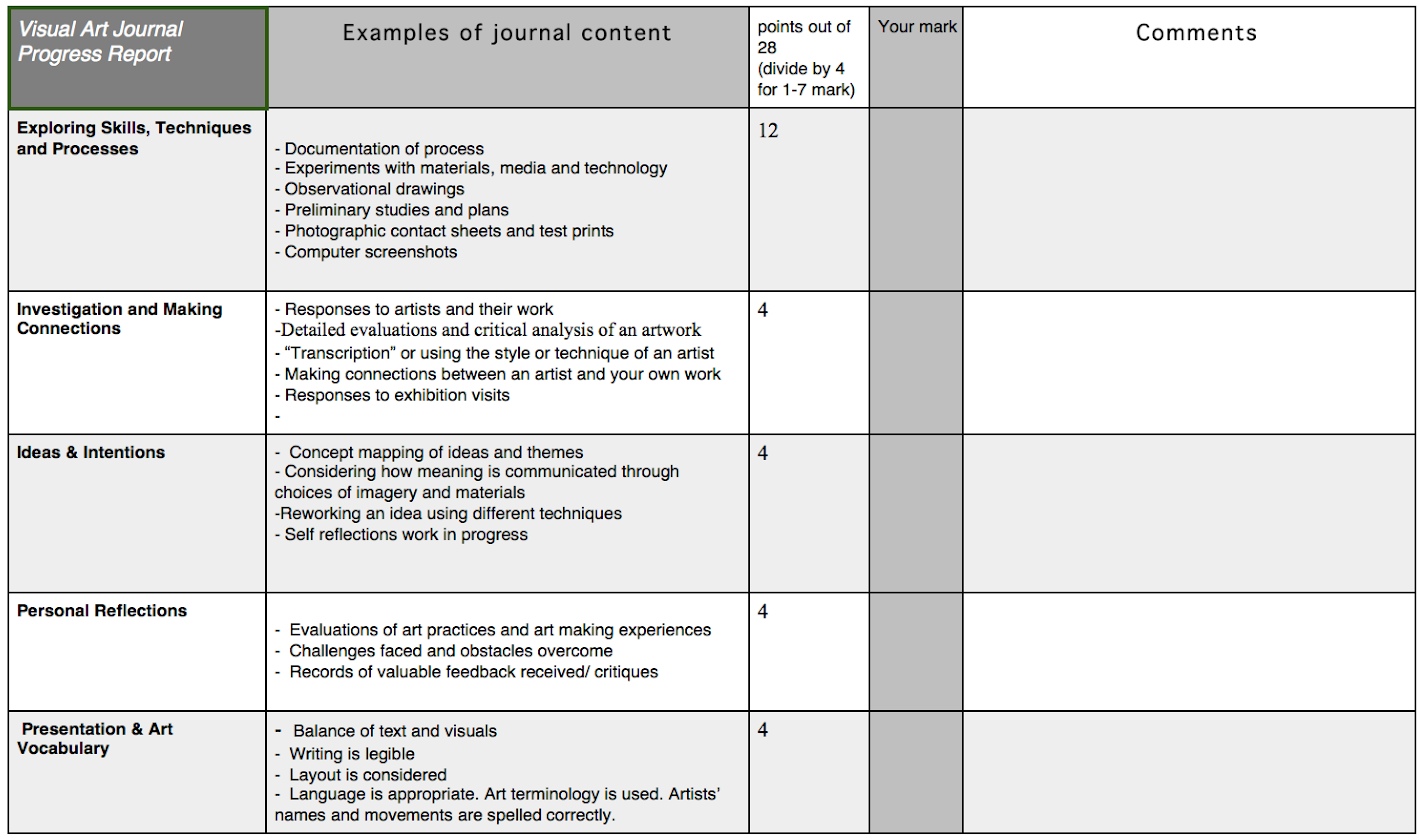
Format
The Journal can be a sketchbook of whatever size you prefer to work in; it could also be a series of notebooks of varying sizes, a folder or container (like a big plastic envelope), or even an electronic file. The format is not prescribed. Your journal should start at the beginning of the school year and ideally contain daily entries. This is your personal record of your artistic journey and it should feel free and uninhibited.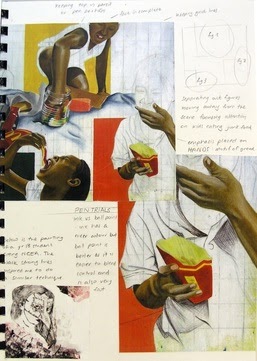
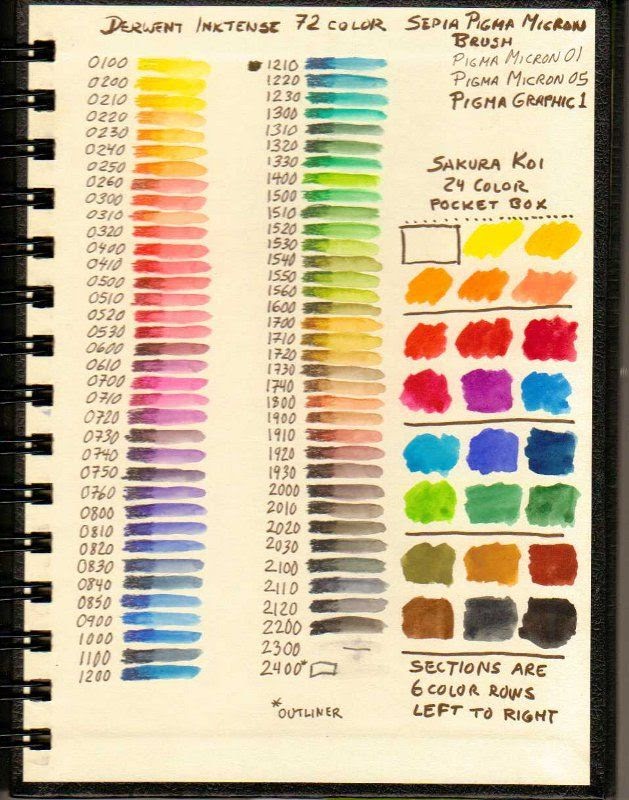
Content
Your journal should contain:- Evidence of experimentation and investigation of techniques
- Artworks and/or processes from 3 art making columns (HL) or 2 art making columns (SL)
- 2-D: Paintings, drawings, mixed-media, illustration, printmaking, etc.
- 3-D: Sculpture (clay, wood, glass, paper, plaster, metal), fashion, textiles, etc.
- Lens-based/Digital: Photography (digital or darkroom), digital animation, video art, digital media works (Photoshop, Illustrator, etc.)
- Designs and sketches for project planning
- Photos of your work in progress at different stages
- REFLECTION! - Respond to how your work is going and what is happening and make connections between yourself and your culture, other artists, society, and history.
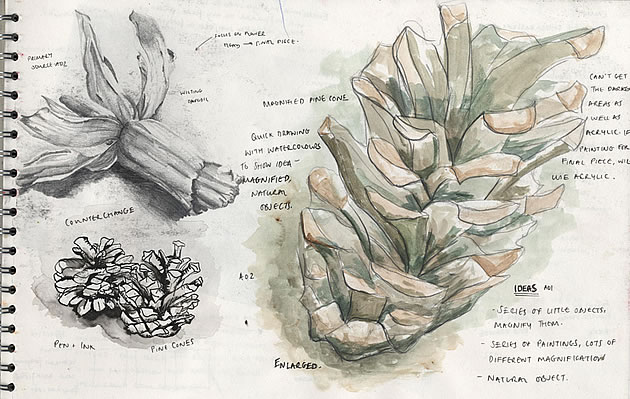
Sketchbook/Journal Do's and Don'ts
Your journal should contain:- Your visual arts journal should be visual. Using drawing to plan and communicate your ideas. Draw from observation, from memory or from your imagination.
- Use visual organizers to brainstorm ideas, analyze and evaluate artworks, draw connections and comparisons between your work and the work of others.
- Collect samples. Source imagery, sample materials and colors can be collated in your visual arts journal.
- There should be written comments on every page of your visual arts journal, even if you just write the date! Remember that your visual arts journal is not just a personal journal—you may select pages from it as a part of your process portfolio task, which may be viewed by examiners at several stages of the assessment process. Your annotations help communicate your intentions.
- You should make comments on your feelings, how your work is progressing and what successes you have had. You should also write about any investigation or technical problems you have encountered (for example, how to create a realistic 3D “space” in a drawing) and how you have solved these.
- You should make comments on your attitudes about life, social, cultural and political concerns. Think about the big world outside of school and the Diploma Program! The visual arts journal is yours, so it should reflect your values and beliefs! These comments can be related to art you are investigating or artwork that you are producing.
- You should write about any connections you might see between art and your other IB subjects: literature, sciences, TOK and so on. Make links across the curriculum and follow up your ideas! For instance, the study of blood cells in biology might inspire some prints of tiny natural objects; the contour lines or grids in maps from geography might be combined into landscape drawings; the description of characters in a novel might inspire a series of imaginative portraits, and so on…
- You should make notes on which materials you have used in your studio work experiments: the type of paper, the type of medium, what type of glue gives the best results, which clay you used and how wet it was, which glaze and what temperature it was fired to, and so on. This will save you a lot of time when later you need a specific result!
- When trying out any new medium (inks, graphite, chalk pastel, oil bars and so on), experiment with it, find out what you can do with it (by drawing in your visual arts journal) and make notes about what you discover. Imagine that you are carrying out a scientific experiment and recording your results.
- You should write about artists whose work you appreciate, or artworks that are inspiring your work. Look for artists and/or artworks that have investigated similar themes to your themes or are using the same materials.
- Reflect on visits to galleries, artist’s studios or exhibitions—particularly if they can be related to the work you are producing.
- Acknowledge all sources of ideas and images in line with the IB’s academic honesty policy.
